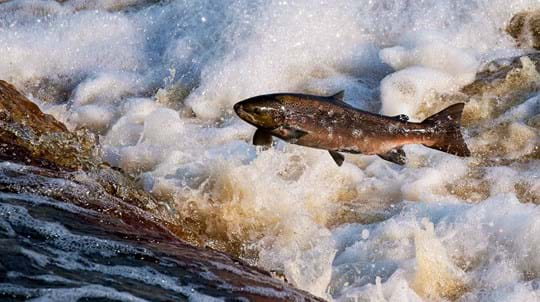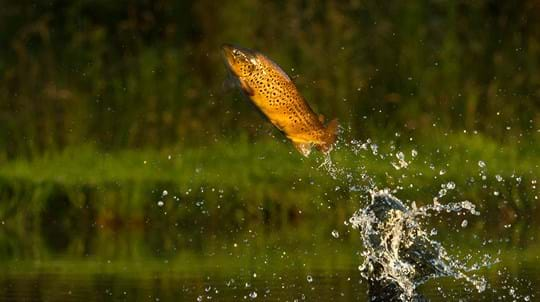
Credit: Blickwinkel / Alamy Stock Photo
What do brook lampreys eat?
The brook lamprey only feeds when in its larval form, filtering detritus and other organic matter from the water. Once it transforms into an adult, its digestive functions stop and it becomes unable to feed altogether.








